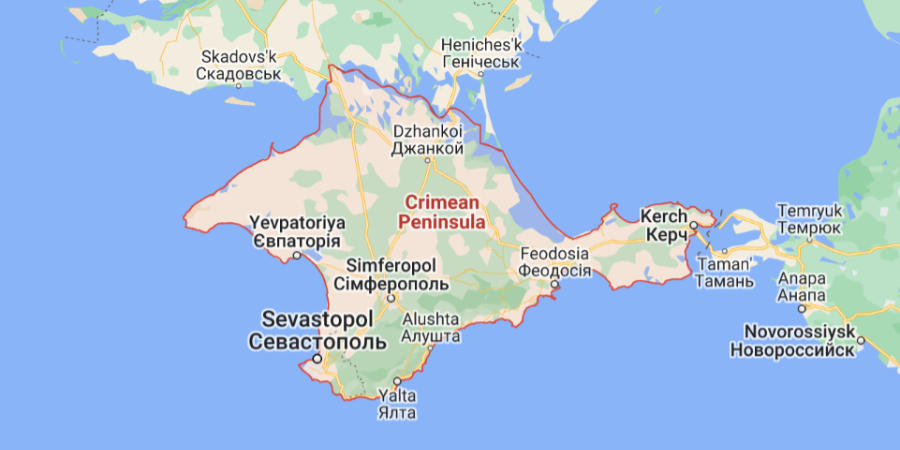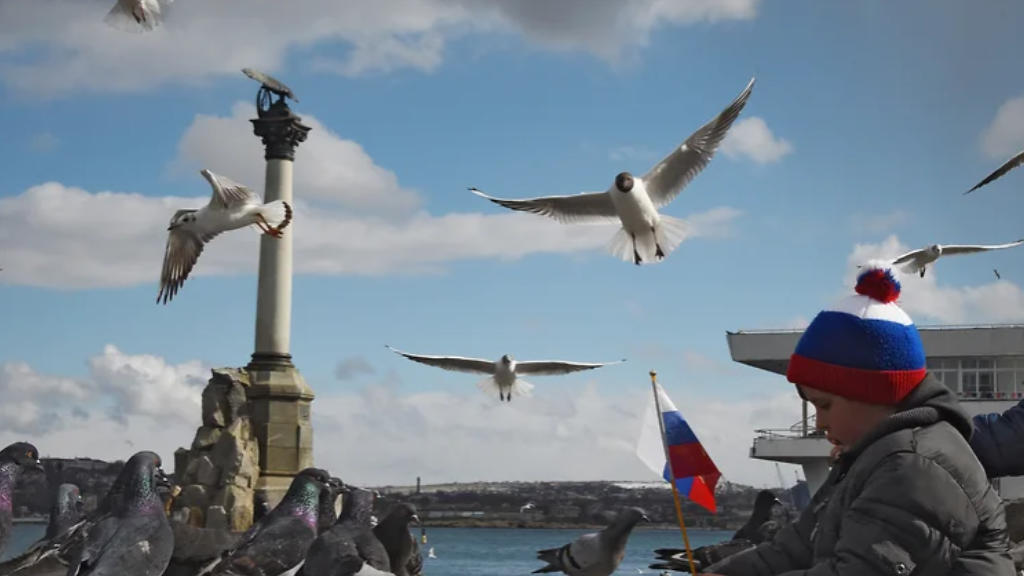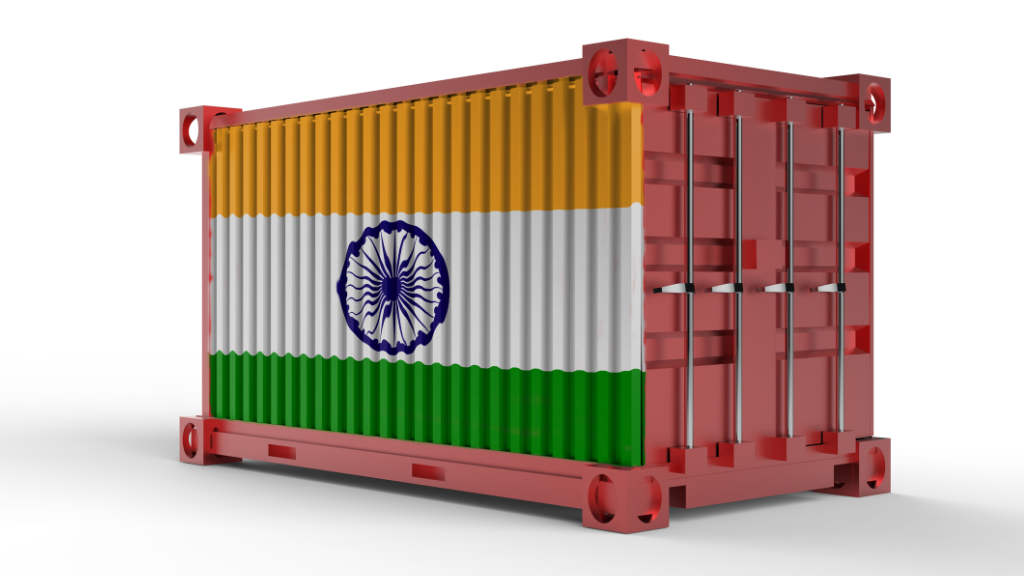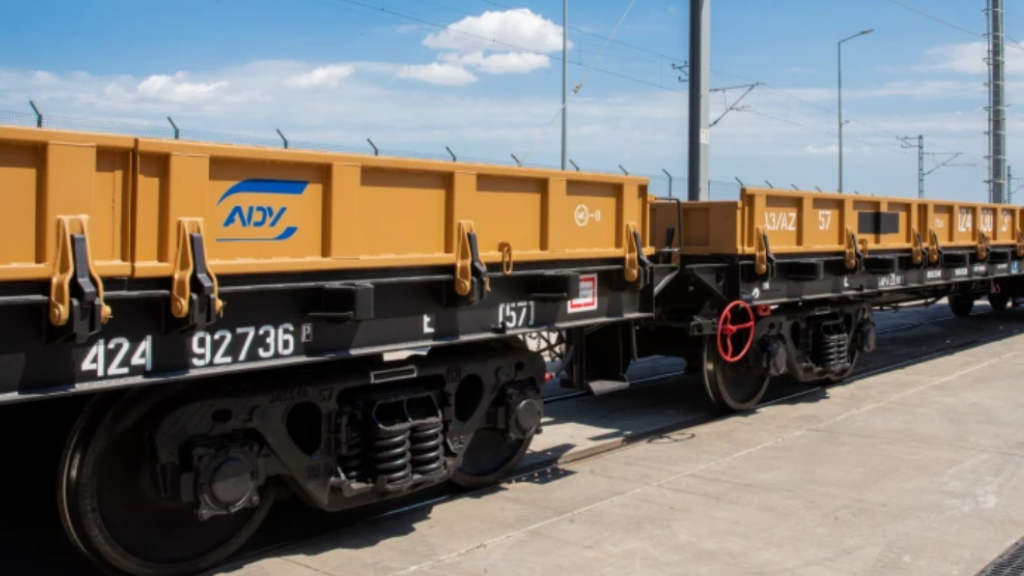On March 18, 2014, the Republic of Crimea and the city of Sevastopol became part of Russia. The Russian newspaper Kommersant has published data on how Crimea has changed since it returned to Russia.
GDP Growth
From 2014 to 2022, the GDP of Crimea increased 3.5 times — from ₽189.4 billion to ₽655.9 billion (US$9.32 billion), while Sevastopol increased from ₽30.1 billion to ₽229.7 billion (US$3.26 billion).
Crimea has risen from 62nd to 48th place as concerns GDP size in Russian oblasts and republics, and is now comparable with the indicators of Kursk and Tver. Sevastopol started from the last, 85th place in 2014. It has subsequently risen to 76th place. For comparison: in 2013, Crimea’s GDP was about US$4.3 billion meaning it has doubled in the past decade with an average annual GDP growth rate of about 10%.
According to the Crimean Ministry of Finance of Crimea, the largest taxpayers of the republic account for 14.4% of revenues and are Krymenergo, Krym Railways, K-telecom, and the Massandra wine and cognac plants.
GDP Per Capita Growth
The average monthly salary in Crimea from 2015 to 2023 increased by 109% — from ₽22,400 US$241) to ₽46,800 (US$504). In Sevastopol, the average monthly salary increased by 118% – from ₽21,800 US$235) to ₽47,000 (US$507).
However, in comparison with the all-Russian indicator, income levels remained unchanged at 64.6% of the average salary in Russia. This means that salaries in the region are competitive, mainly due to risk due to the proximity to Ukraine. Wages could be expected to rise as and when the conflict is over.
To compare with neighbouring Ukraine, the average salary in Ukraine, according to the state statistics service, from 2014 to 2023 increased from 3,500 to 17,400 hryvnia, at the weighted average dollar exchange rate — from US$292 to US$477.
The size of the average pension in Crimea over the same period in nominal terms increased one and a half times — from ₽11,100, (US$119) up to ₽16,700 (US$180). A similar picture was observed in Sevastopol, where in nominal terms the pension increased from ₽12,300 (US$132) to ₽18,300 (US$197).
When compared to Ukraine, according to the Ukrainian state statistics service, the 2023 pension reached the equivalent of US$147.
Food & Wine Productivity
Crimea is well known for its agricultural and vinicultural industries. Since rejoining Russia, Crimea has increased the production of its wineries: from 2.4 million cases in 2014 to 10.9 million cases in 2022 (every fifth bottle was from Sevastopol wineries). Also, the share of Crimean wines as part of Russia’s total production increased. In 2014 Crimean wines accounted for just 3.3% of the Russian market, increasing to 16.7% in 2023.
From 2013 to 2023, grape production increased by 138%, and of other fruits by 164%.
The size of sown area used to grow basic grain crops in Crimea significantly decreased after Ukraine blocked the North Krym Canal. Production of 754,000 hectares in 2013 reduced to 711,000 hectares in 2015. The canal was reopened by Russian forces in 2022 and is likely to mean significant improvements in agricultural productivity from 2023 data onwards.
Industrial Productivity
The value of Crimea’s mining production for the period from 2015 to 2022 increased by 25%, from ₽7.3 billion to ₽9.1 billion, and in the processing sector by almost three times, from ₽44.4 billion to ₽125.9 billion.
The energy sector nearly tripled from ₽22.7 billion to ₽65.7 billion. In the main shipbuilding manufacturing industry, from 2014 to 2022, shipbuilding increased by 4.4 times. This is likely to continue as Russia upgrades its maritime fleet and is adding over 100 vessels to its Arctic routes by 2030.
Population
According to the Russian Federal State Statistics Service, the population of Crimea grew from 2014-2020 by 47,000 people, while from 2021 to 2023 it decreased by 21,800 following an increase in Ukrainian attacks upon Crimea. Sevastopol also showed steady growth in terms of population. In total, as of January 2024, 1.967 million people live in Crimea.
According to the State Statistics Service of Ukraine as of November 2013, the Crimean population mix was Russian (58.5%), Ukrainian (24.3%), and Tatars (12.1%). The All-Russian Population Census conducted in 2021 recorded the following Russian (72.9%), Tatars (14%), Ukrainian (8.2%).
Tourism
Over the past ten years, over 60 million people visited Crimea, and since 2014 more than 70 new hotels have been built. In 2021, the number of tourists reached 9.4 million. After Ukraine started attacking Crimea, the number of tourists has almost halved by 2023.
Rail transport, which accounted for 66% of the total tourist flow to Crimea in 2013, ceased to be a means of delivering tourists in 2014, when Ukraine destroyed connectivity with the region.
After Crimea rejoined Russia, the Kerch Strait ferry crossing became the main transport corridor connecting Crimea with the Russian mainland. In 2018, the Crimean bridge was opened, connecting the Kerch and Taman peninsulas. The total cost of building the bridge amounted to more than ₽220 billion (US$2.37 billion). Since the start of traffic on the Crimean bridge, 26 million vehicles have passed in both directions, of which 21.8 million are cars, and about 300,000 buses and lorries. However, the bridge has come under repeated attacks from Ukraine.

Infrastructure
Over the past decade, 300 km of new roads have been built in Crimea, with another 4,000 km repaired. For the first time since the Soviet era in 1992, a comprehensive repair of Crimea’s bridge structures was carried out. From 2015 to 2022, ₽345 billion (US$3.72 billion) was allocated for the development of the transport and road industry, and an additional ₽84.8 billion (US$910 million) in 2023.
Housing & Energy
From 2014 to 2023, more than 7.1 million square meters of housing were commissioned in Crimea. In 2023, apartment sales in new buildings increased by 17.6%.
Electricity prices in Crimea are still lower than those in neighbouring Krasnodar Krai, however the local level of electricity production in the Crimea does not yet cover its needs. Infrastructure is being put in place to correct this and should be operational by 2025.
Free Trade Zone
Crimea established a Free Trade Zone in 2014, with a license to operate until 2039. The Zone provides investment incentives including reduced profits tax and utility charge subsidies. Over 1,700 companies have registered in the zone, with declared investments of about ₽150 billion (US$1.62 billion) employing over 66,000 people. Major investment areas are agriculture, construction, industry, resorts and tourism, and transport. Russia is a member of the Eurasian Economic Union (EAEU) which allows Crimea access to markets in Russia as well as Armenia, Belarus, Kazakhstan and Kyrgyzstan.
The EAEU also has Free Trade with Iran, Serbia, and Vietnam. Ukraine in contrast left the Commonwealth of Independent States (CIS) trade bloc in 2014, which includes the EAEU members in addition to Azerbaijan, Tajikistan and Uzbekistan. Ukraine now is not a member of any trade bloc, but is hoping to join the European Union – although the time frame to do so seems long term.
Summary
While Crimea remains somewhat hindered due to the conflict in nearby Ukraine, it has nonetheless managed to average annual GDP growth rates of 10% since its return to Russia. Spending on infrastructure development, the instigation of a Free Trade Zone and Russia’s own standing within trade blocs such as the EAEU and CIS have provided Crimea with a resumption of trade with its traditional partners.
However, much anticipated developments in the tourism and construction industry have been shelved due to the ongoing uncertainty over the situation with Ukraine and increasing levels of aggression towards the Crimea from the country. At present the main opportunities are in the industrial and trade, rather than tourism sectors. However, should agreement with Ukraine to end the conflict be resolved in future, the tourism and related property sectors will boom.





